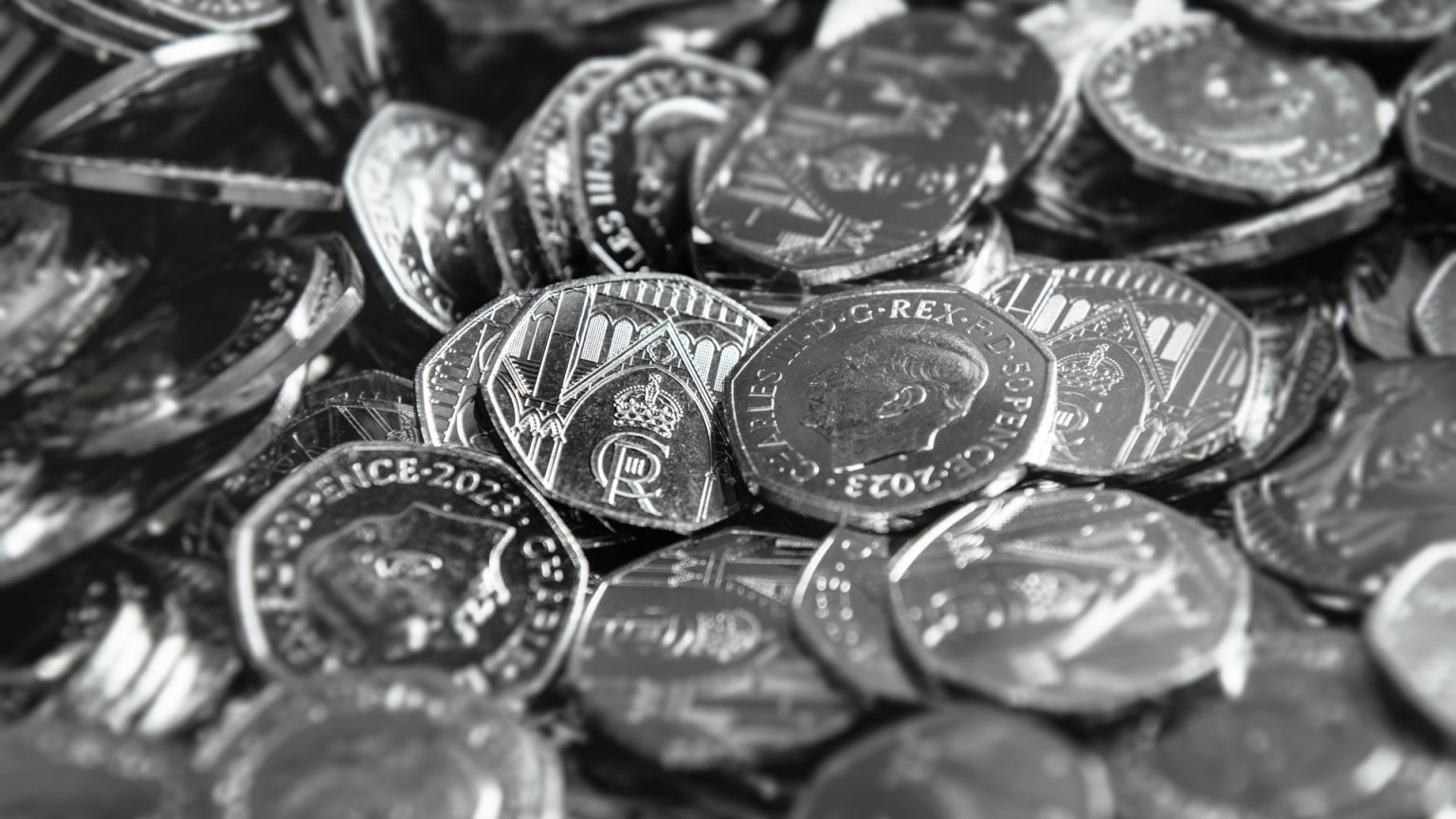The Kew Gardens 50p coin, released in 2009 to commemorate the 250th anniversary of the renowned botanical garden in southwest London, stands as a highly sought-after collector’s item. Bearing an image of the iconic Chinese Pagoda entwined with swirling vines on one side and Queen Elizabeth II’s portrait on the other, it once held the title of the rarest coin in the UK. While the Atlantic Salmon 50p coin featuring King Charles III’s portrait has now claimed that distinction, the Kew Gardens 50p remains a valuable find. Its scarcity has driven its value up to 350 times its face value, meaning a single coin could be worth £175. Some particularly fortunate sellers have even achieved sales of up to £750, a staggering 1,500 times its original worth.
The world of coin collecting often focuses on 50p pieces due to their larger size, which provides ample space for intricate designs and commemorative themes. These coins, with a diameter of 27.5mm, are the largest British coins in circulation and serve as miniature canvases for celebrating significant events and anniversaries. The 2012 Olympics, for instance, spurred the creation of a series of themed 50p coins. One notable example, the Aquatics 50p, gained notoriety and value due to an initial design error that was swiftly rectified, resulting in a limited number of misprinted coins entering circulation. These misprints, along with coins with low mintages, are highly prized by collectors, often fetching impressive prices in auctions and online marketplaces.
Rarity, driven by factors like low mintage numbers and production errors, is a key determinant of a coin’s value. The fewer coins in circulation, the more desirable and expensive they become. The Kew Gardens 50p’s limited mintage of 210,000 contributes significantly to its high value, making it a lucrative find for those lucky enough to discover one. Other notable 50p coins, such as the Olympic series and those commemorating specific sports, also command higher prices depending on their rarity and collector demand. Coins with unique features, like the misprinted Aquatics 50p, hold a special appeal and can reach astonishing values in the collector’s market.
Selling a rare coin requires careful consideration and awareness of potential risks. Online platforms like eBay and Facebook Marketplace offer convenient avenues for selling, but they also attract scammers. One common tactic involves requesting upfront payment for a courier, with no intention of actually collecting the item. To mitigate such risks, meeting in person in a safe public place and handling transactions in cash is generally recommended. For increased security and expert authentication, sellers can opt for reputable auction houses or services like the Royal Mint’s Collectors Service, which specializes in valuing and authenticating rare coins.
Several other 50p coins, while not as rare as the Kew Gardens 50p, still hold significant value for collectors. The 2011 Triathlon 50p, with a mintage of over 1,160,000, and the Judo 50p, with a similar mintage, have been sold for several times their face value on platforms like eBay. The Wrestling and Football 50p coins, also part of the 2011 Olympic series, have seen notable sales, highlighting the collector interest in these commemorative pieces. While their values may not reach the heights of the Kew Gardens 50p, they still represent a rewarding find for collectors.
The Kew Gardens 50p continues to reign as one of the most sought-after coins in the UK. Its limited mintage, iconic design, and the enduring fascination with rare currency contribute to its allure. While other 50p coins offer their own unique appeal and potential for value appreciation, the Kew Gardens 50p remains a benchmark for rarity and desirability in the world of British coin collecting. So, as you sort through your change or clear out those forgotten corners, remember to check carefully – you might just be holding a small fortune in the form of a 50p coin.











